Buying a used server motherboard, especially the dirt-cheap models, can be a great start to your home lab. You get cheap access to enterprise performance and features, and can run all the self-hosting services you'd want. And dual-CPU motherboards can power your virtualization and high-end multi-threaded workloads without you worrying about upgrading to something more powerful anytime soon. That said, the process of securing a used server board is often marred by uncertainty — make sure you do your research and know exactly what you're buying.
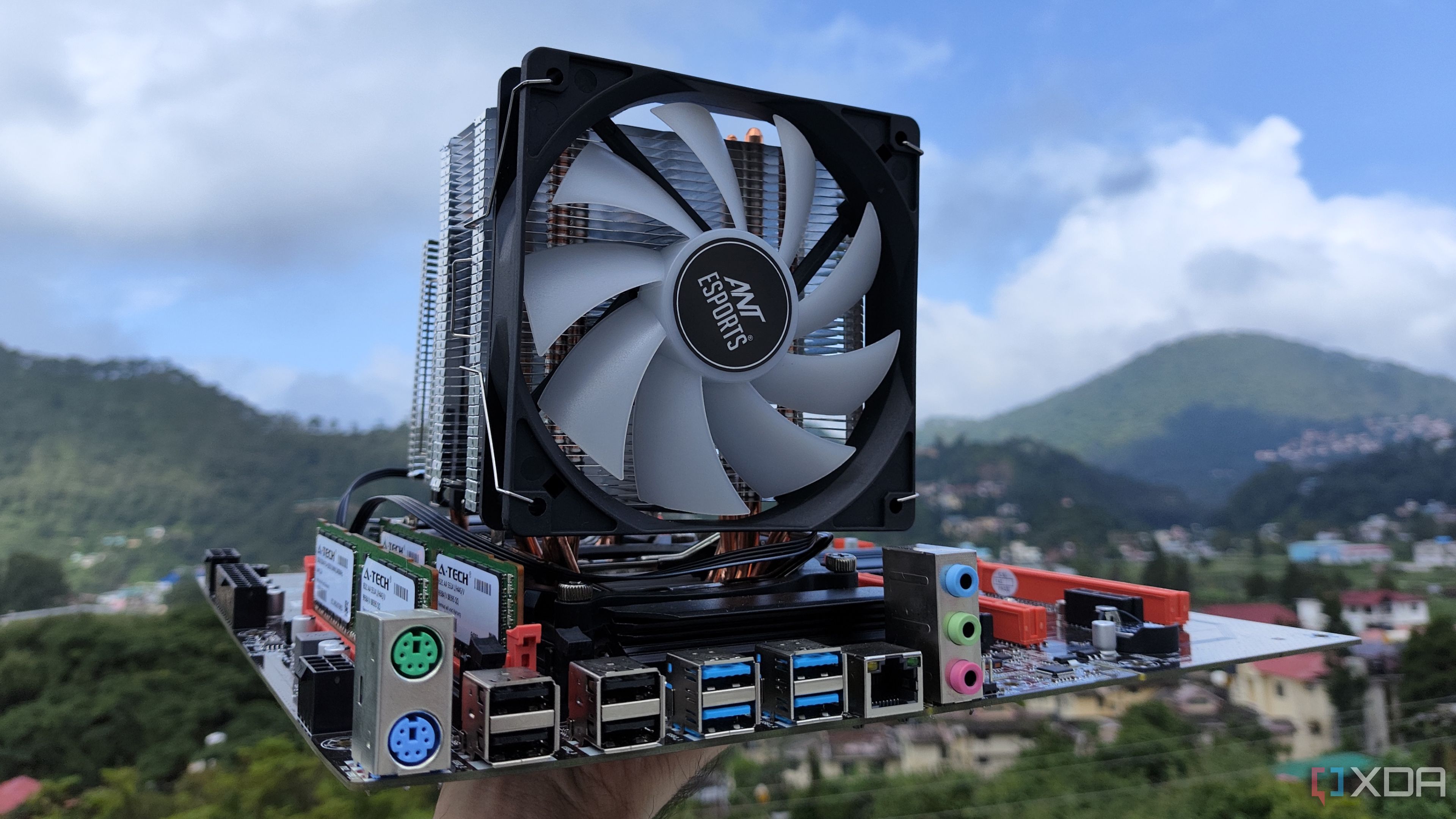
Related
5 things you should know before buying a cheap X99 motherboard for your server PC
It's easy to find X99 motherboards at bargain rates. But there are a couple of caveats to establishing a home lab using these inexpensive boards
5 Double-check the form factor
Even if it "looks" like ATX
Server motherboards often don't come in the standard ATX form factor. When browsing listings online, you might not find that piece of information in the description. If you're new to server hardware, it's easy to assume a server board will be the same size as a regular consumer one. This can easily derail, or at least delay, your home lab project when you realize your newly bought X99 or SP3 motherboard doesn't fit in your compact ATX case.
Even if the server motherboard you're eyeing looks like it's an ATX motherboard, make sure you double-check before buying. Getting an old or used E-ATX case might not be a problem, but it will certainly delay your project, and you'll curse yourself for not buying a larger case beforehand.
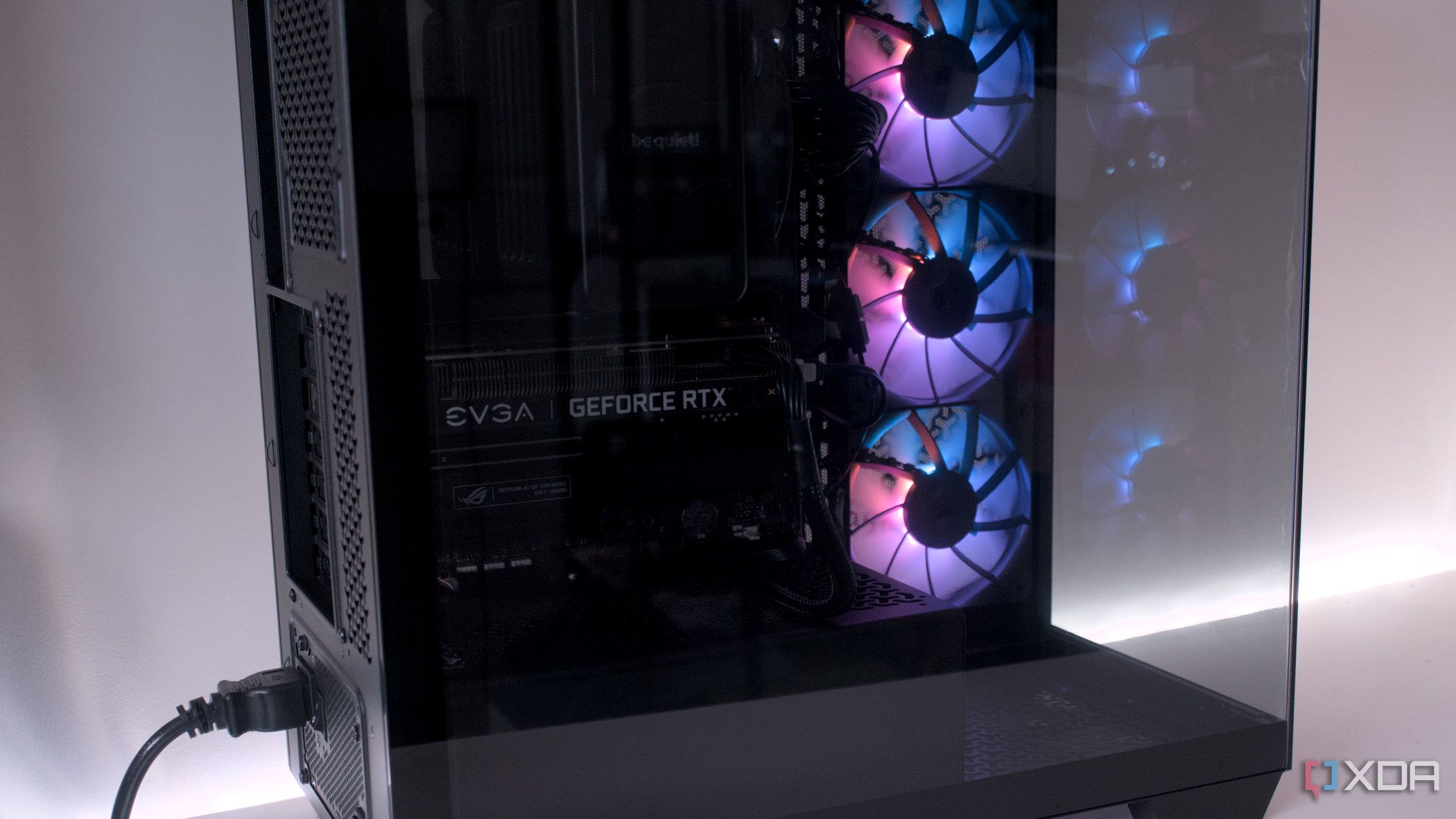
Related
4 reasons E-ATX cases are perfect for server PCs
Planning to build a home lab using server PC parts? Here are four reasons why you should go for an E-ATX cabinet
4 Know what kind of power usage you're signing up for
Be prepared for a higher power bill
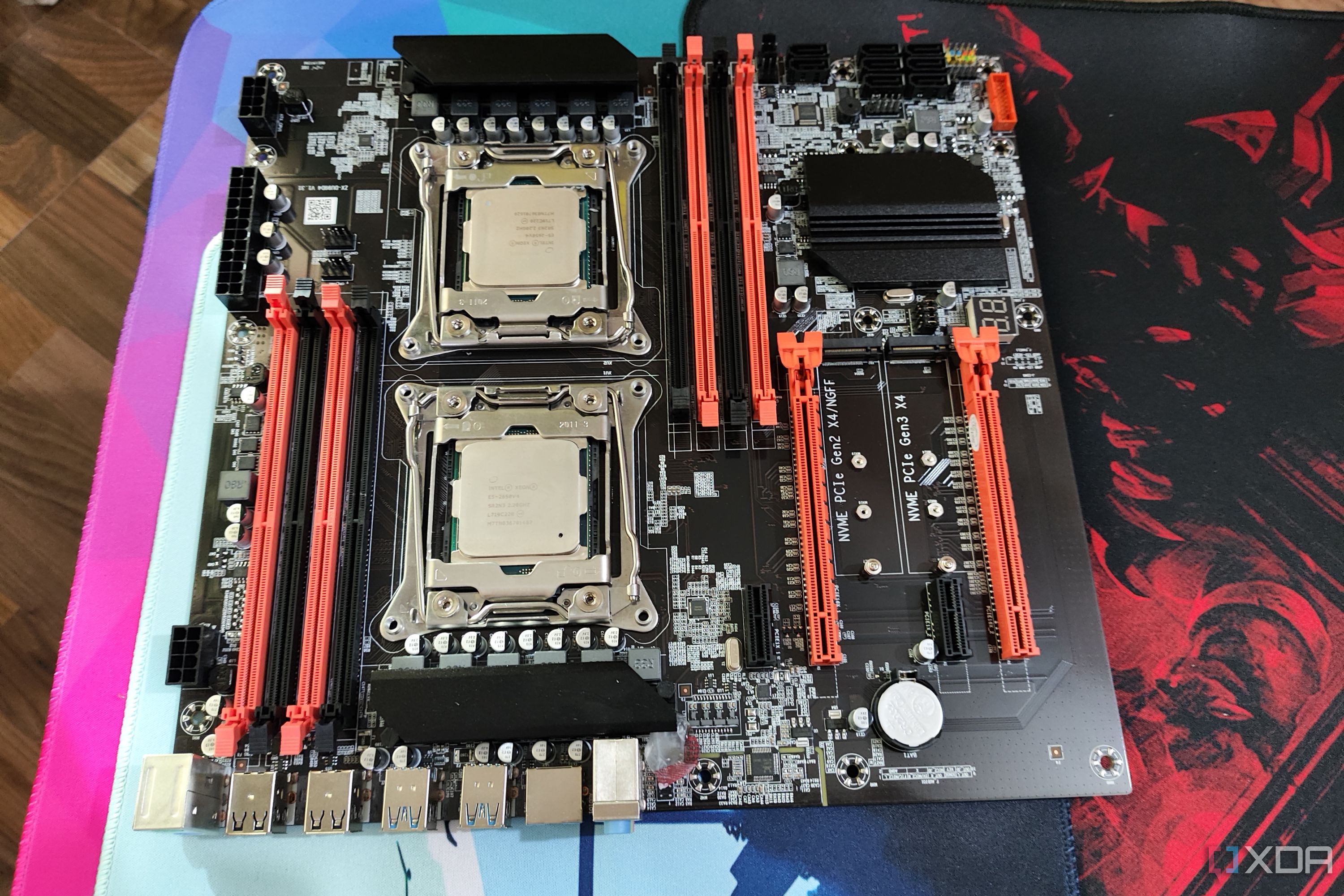
Server PCs are famously known as power guzzlers. Compared to the power consumption of the average consumer PC, you're bound to see a sharp spike in your home power usage if you run a server PC 24/7. This might not be avoidable, but you should at least know what you're getting into. Many users building a home lab for the first time might assume that years-old hardware won't require much power, and be unpleasantly surprised by their next power bill.
Dual-CPU setups will consume even more power than single-CPU systems, so enthusiasts need to be even more prepared before diving headfirst into server hardware. You might be able to limit your power usage by running your server PC only when required, but that's not how most of these systems are intended to be used. You'll probably use one to host a NAS, media server, and always-on virtual machines.
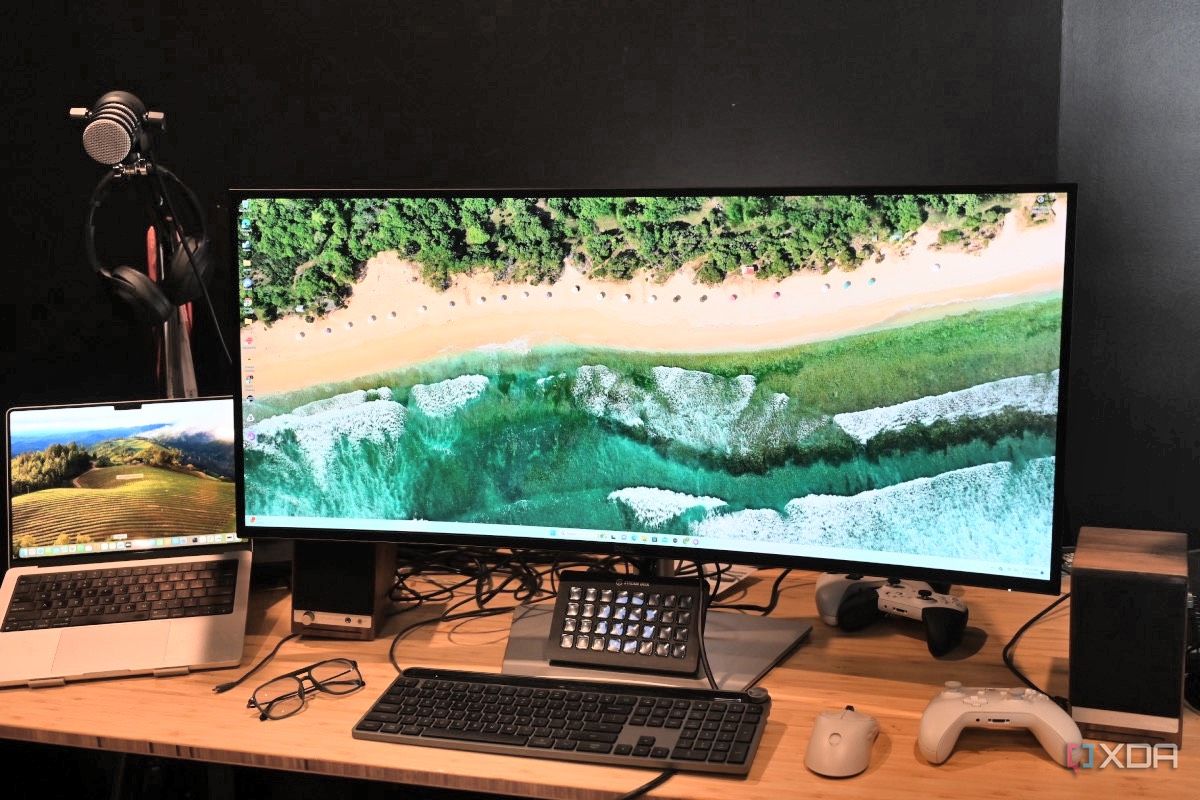
Related
7 tips to create an effective home lab on a tight budget
Budget-friendly tips to make your way towards a home lab
3 You might need to replace the VRM and chipset heatsinks
It is what it is
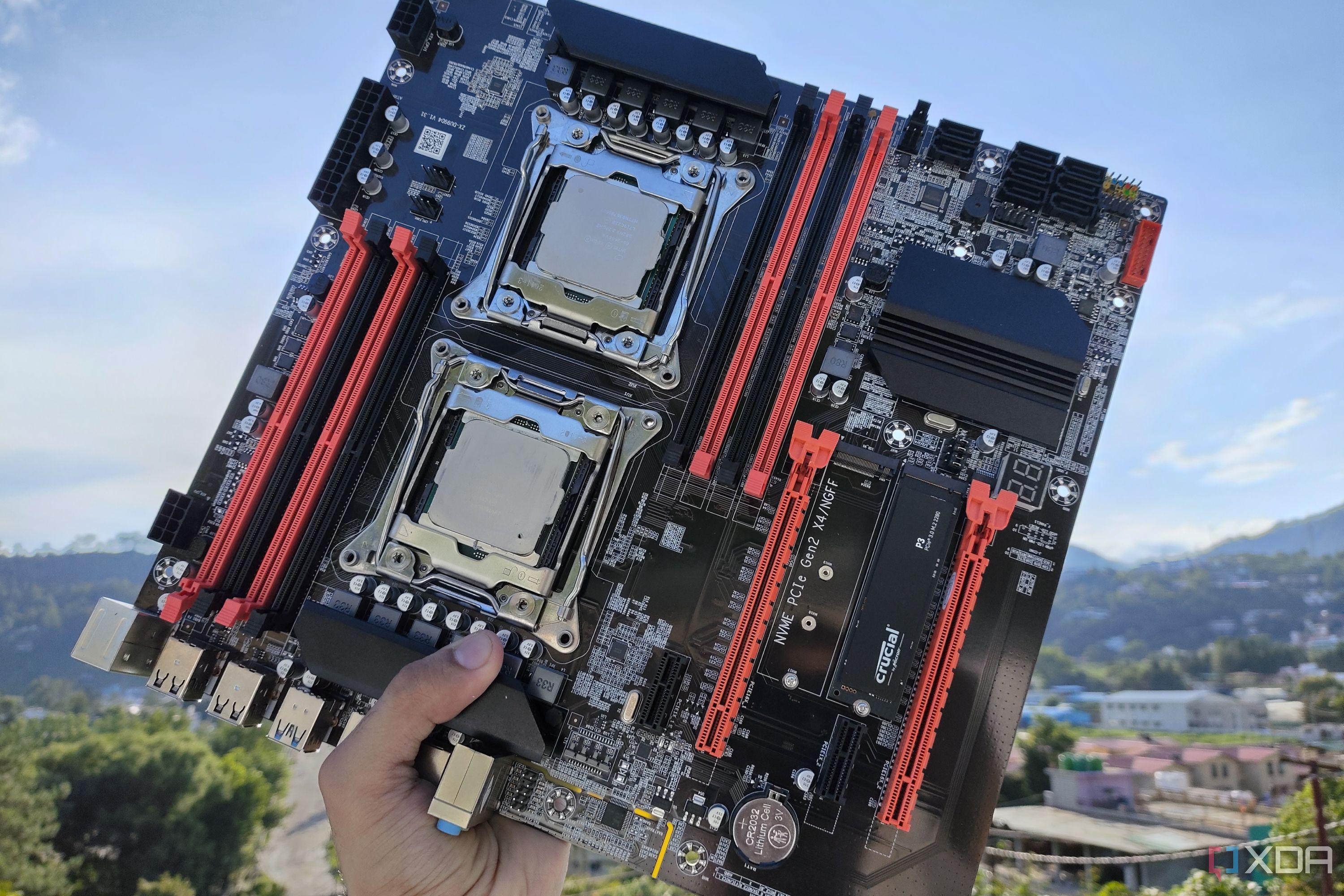
Older server motherboards from off-brand vendors aren't known for decent heatsinks for the VRMs and chipset. If you're planning to run demanding applications 24/7, it would be best to buy separate heatsinks that you can use on your server motherboard. Without these, your motherboard's VRMs and chipset are bound to overheat, affecting the performance and longevity of your system. You can buy VRM and chipset heatsinks for cheap on Amazon, and ensure optimum performance, cooling, and longevity for your server motherboard without spending too much.
2 Knowing what type of RAM you'll need isn't always simple
It's kind of a toss-up
Server motherboards use ECC memory instead of the non-ECC kind you see on many consumer systems. This provides an additional layer of protection against data corruption, which is a highly coveted feature. Unfortunately, knowing for sure which type of RAM your server motherboard will support is often harder than it should be. For instance, even if the model of the motherboard technically supports non-ECC memory, it might refuse to boot with it.
On the other end, many off-brand motherboards that list compatibility with ECC RAM only work with regular, non-ECC memory. So, it's kind of a gamble, especially if you're shopping for no-name motherboards on AliExpress. Try to research as much as possible, ask for help on Reddit, and consider buying from known brands to maximize compatibility.
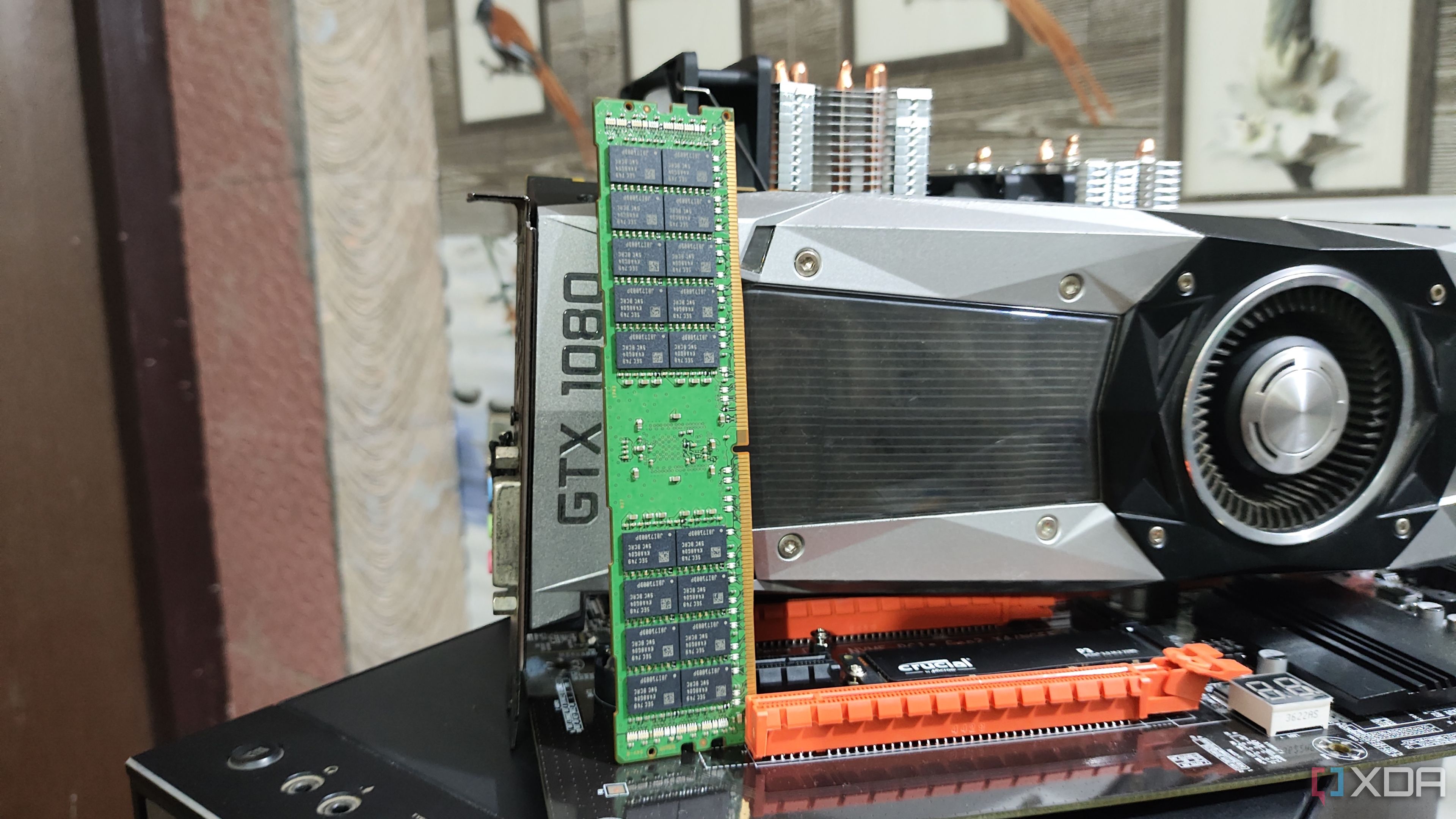
Related
3 reasons to choose ECC RAM for your home server
If you have a home server, ECC RAM might be worth picking up for it.
1 Ensure compatibility with your Xeon or EPYC CPU
Do your research
If you already have an old Xeon or EPYC CPU, and can't wait to buy an old server motherboard, make sure you're buying the right one. Not all server motherboards will accept all server CPUs. Conversely, when buying a server motherboard first, check which CPUs it's compatible with, get an idea of which CPU you'll buy, and then make an informed choice.
Check the manual (if available) on sites like Manuals+ to ensure your CPU is on the compatibility list of the motherboard. With older server motherboards, it can often be hard to pin down exact CPU support and specifications, so try to be as thorough as possible before buying anything.
Building a server PC? Double-check everything
Buying a user server motherboard can be a great start to all the home lab shenanigans you've been dreaming of. It can provide all the performance and enterprise features you need for a powerful machine. That said, make sure you know what you're getting into, and buy the right motherboard in terms of CPU and memory compatibility. It's important to find as much documentation as possible, especially when you're considering off-brand motherboards.
.png)
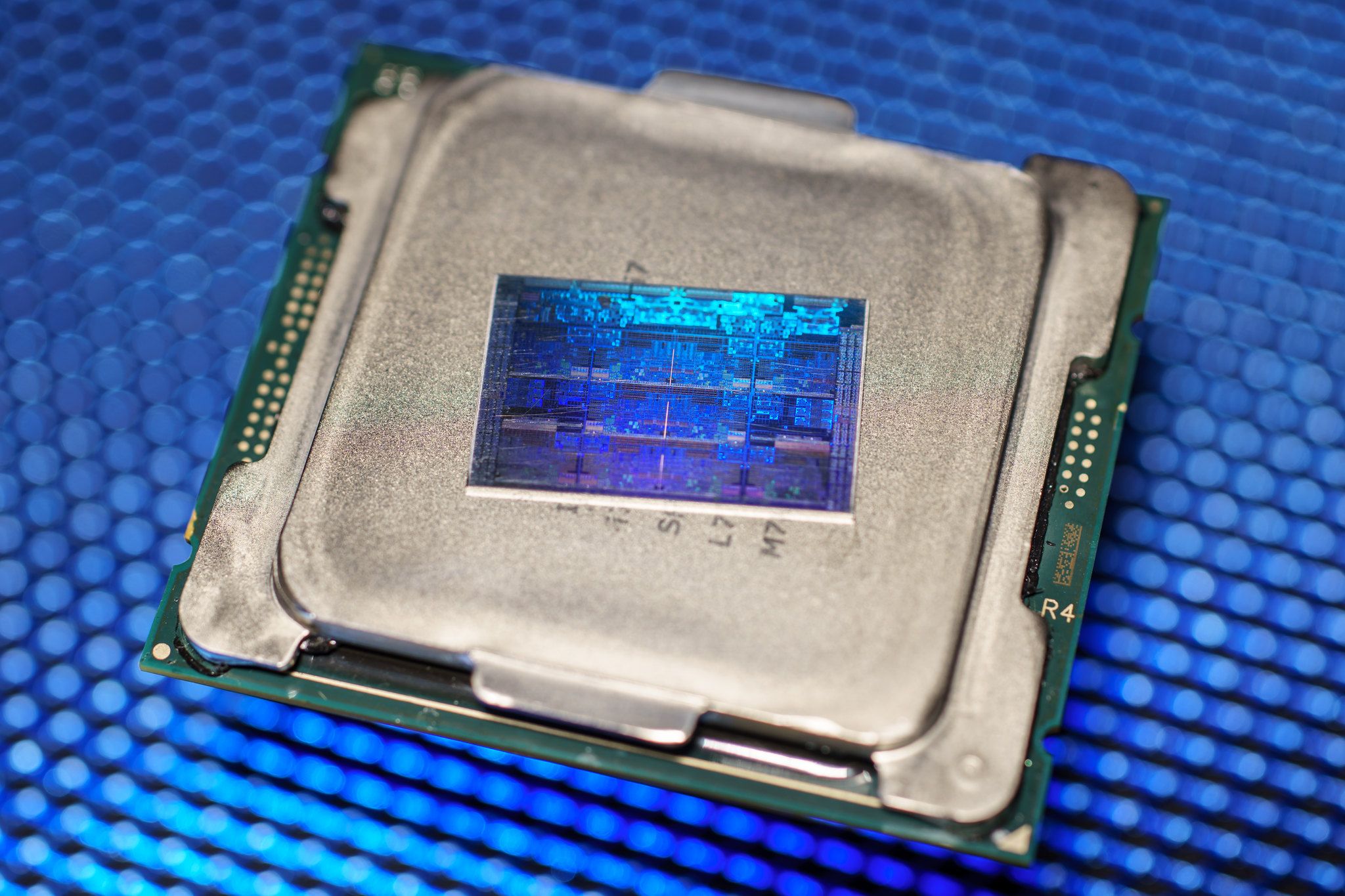
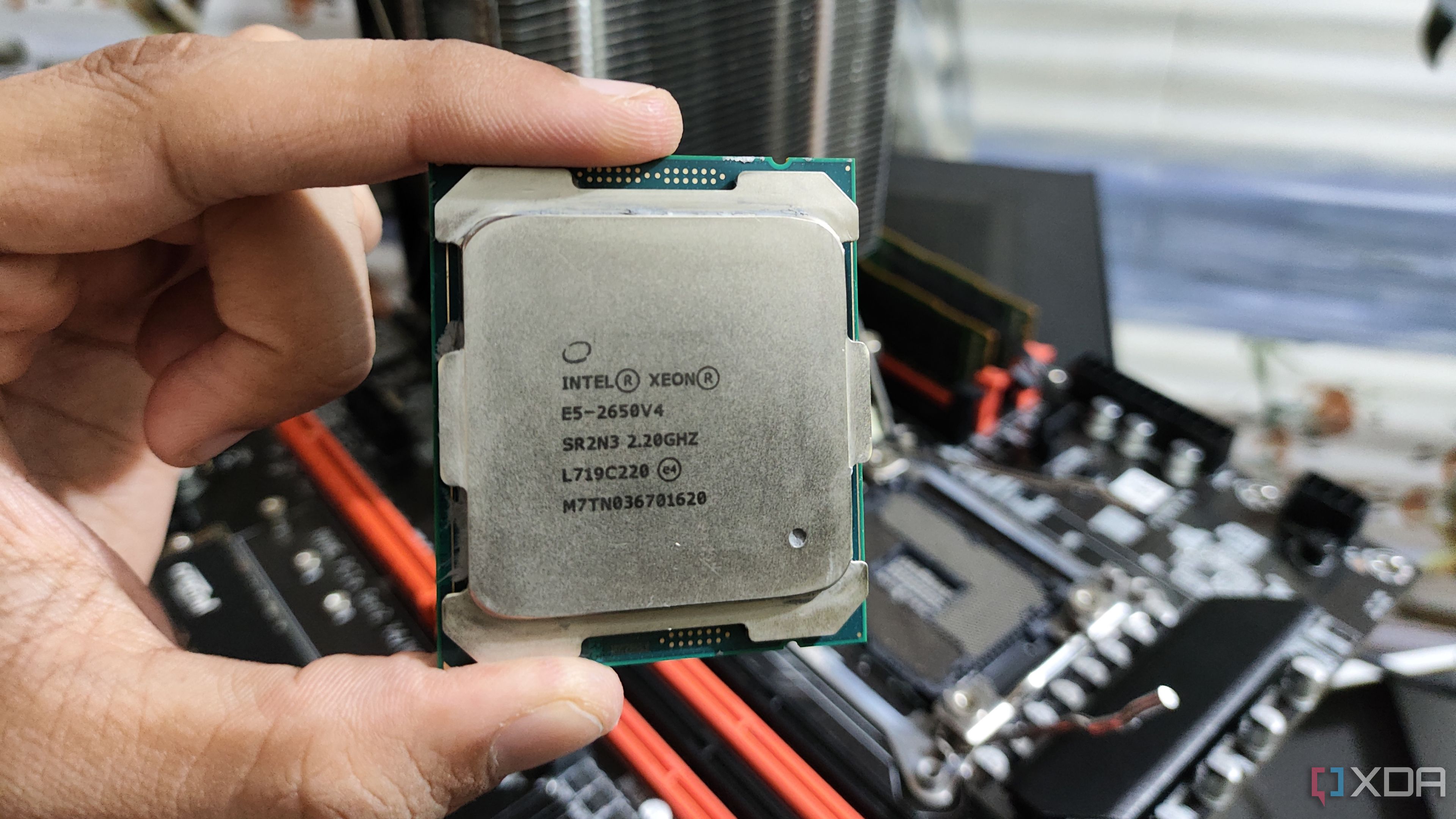



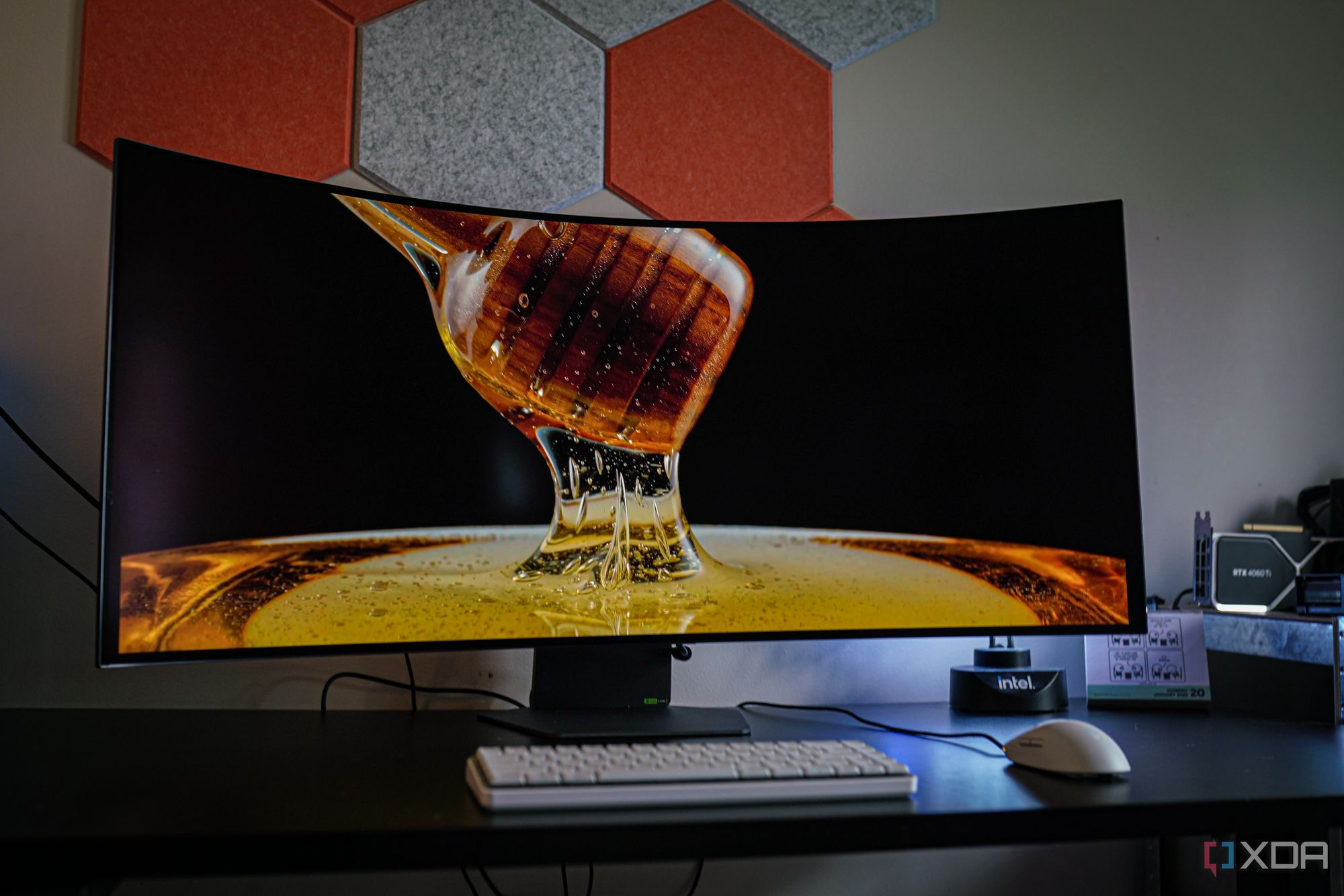
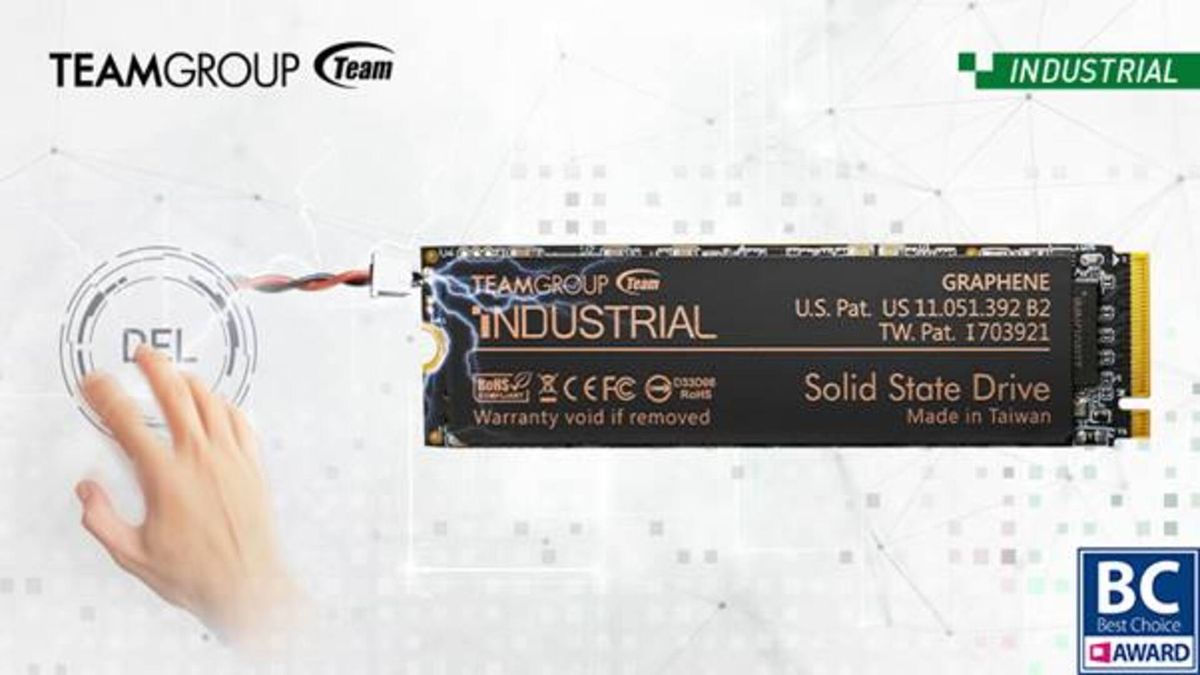






 English (US) ·
English (US) ·